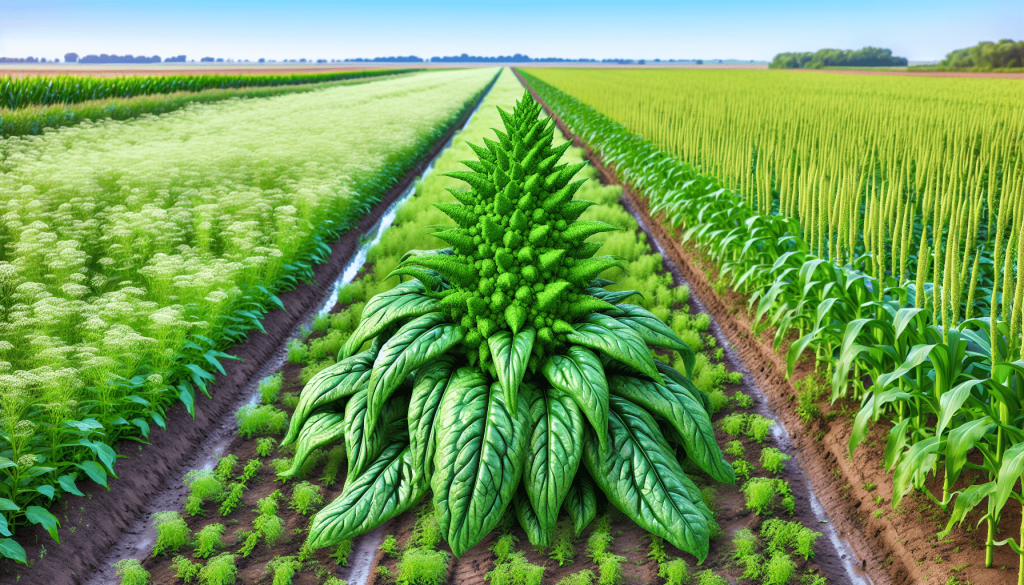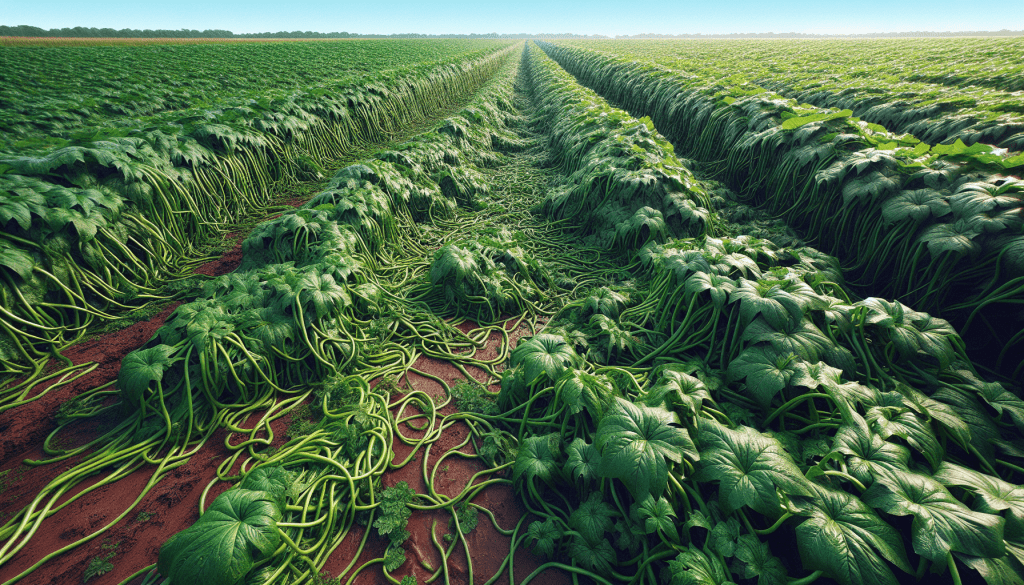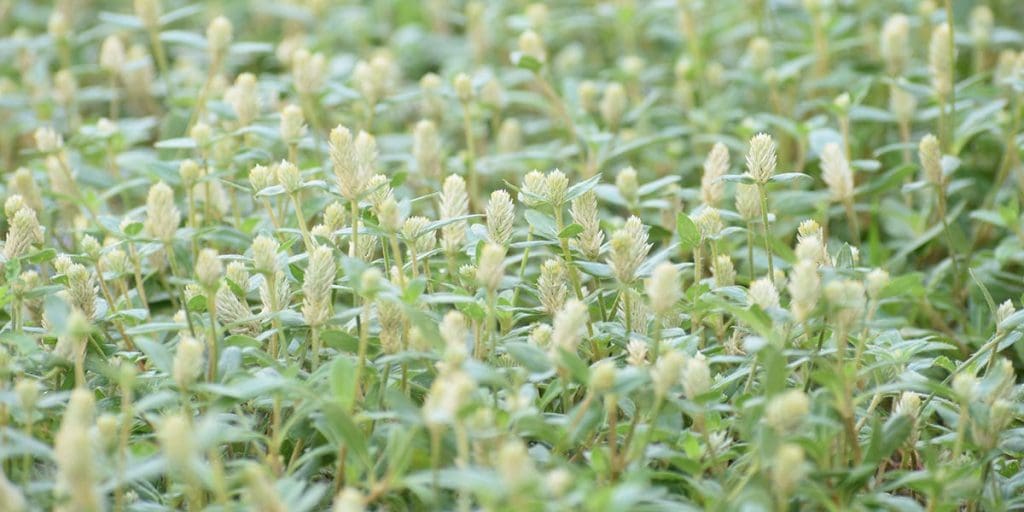Have you ever wondered why alligator weed seems to have a knack for popping up in the most inconvenient places on your agricultural land? If this persistent plant is becoming an unwelcome guest on your property, it’s time to tackle it with the right strategies. Alligator weed is not just a nuisance; it’s a formidable adversary that can affect productivity and incur additional costs. Understanding how to deal with it effectively is crucial for your agricultural success. Let’s navigate through the common pitfalls to avoid when managing this resilient weed.

Understanding Alligator Weed
To manage alligator weed effectively, it’s essential to first grasp what it is and why it poses a challenge. Alligator weed (Alternanthera philoxeroides) is a perennial, aquatic and terrestrial weed native to South America but now found on many continents. It can grow in dense mats on water surfaces as well as on land, disrupting ecosystems and choking out crops.
Why is Alligator Weed a Problem?
Alligator weed competes aggressively with crops for nutrients, water, and sunlight. This competition can lead to reduced yields and increased strain on your agricultural resources. Additionally, it can create barriers in irrigation channels and drains, leading to water management issues. Understanding these challenges is the first step in addressing the problem.
Mistake 1: Underestimating the Problem
It’s easy to dismiss alligator weed as just another weed, but underestimating its impact can be the first mistake in its effective management. This weed spreads rapidly, both through its extensive root system and across water by floating mats. If not controlled early, it can cover large areas and become much harder to eradicate.
Taking Early Action
The quicker you recognize and address alligator weed invasions, the better. Early detection allows for more manageable control methods that can prevent the weed from becoming a larger problem.
Mistake 2: Not Identifying Alligator Weed Correctly
Misidentifying alligator weed can lead to ineffective management strategies. Alligator weed is often confused with other similar plants, which can result in applying inappropriate control measures.
Identifying Features of Alligator Weed
Alligator weed has distinct characteristics:
- Stems: Hollow, reddish in color, particularly when young.
- Leaves: Simple, opposite, elliptic to ovate with a waxy texture.
- Flowers: Small, white, and clover-like, grouped in round heads.
Correctly identifying these features will help you apply the right management strategies.
Mistake 3: Ignoring Integrated Management Strategies
Relying solely on one method of control is a common mistake. Alligator weed is a resilient species that often requires a combination of methods for effective management.
Implementing Integrated Weed Management
Integrated Weed Management (IWM) involves using a mix of cultural, chemical, and mechanical methods. Cultural methods might include crop rotation or cover cropping, while mechanical methods involve physically removing the weed. Chemical control can be effective but should be part of a broader strategy to prevent resistance.

Mistake 4: Over-reliance on Chemical Controls
While herbicides can play a role in controlling alligator weed, relying solely on chemicals can lead to resistance and environmental harm. It’s important to use herbicides responsibly and in conjunction with other control methods.
The Role of Herbicides
Select herbicides that are specifically efficient against alligator weed. Follow label instructions carefully to ensure effectiveness and minimize environmental risks. Remember, chemical control should not be your only approach.
Mistake 5: Failing to Monitor and Evaluate
After implementing control measures, you might assume the problem is solved. But without proper monitoring and evaluation, you’re likely to face recurrent infestations.
Importance of Ongoing Monitoring
Regularly inspect your fields to catch new infestations early. Keep records of weed management strategies and their outcomes. Adjust your approach as necessary based on what has been effective in the past.

Mistake 6: Lack of Community and Neighbor Coordination
Alligator weed doesn’t respect property lines. Failing to coordinate with neighbors and your local community can undermine your efforts.
The Benefit of Community Efforts
Organize joint observation and control measures. By sharing insights and strategies, you and your neighbors can more effectively manage cross-boundary infestations.
Mistake 7: Inadequate Restoration After Removal
Once you remove the alligator weed, the area needs to be restored to prevent the weed from returning. Leaving disturbed soil can make it easy for the weed to re-establish.
Steps for Proper Restoration
After removal, consider replanting with aggressive native species or cover crops that can outcompete remnants of alligator weed. These plants can stabilize the soil and reduce the chance of the weed returning.

Mistake 8: Ignoring Water Management
Alligator weed is particularly aggressive in wet conditions. Ignoring water management can exacerbate the problem.
Effective Water Management Practices
Ensure proper drainage and control irrigation to prevent waterlogging, which creates favorable conditions for alligator weed. Regularly check irrigation channels and drains to ensure they are not blocked by weed growth.
Mistake 9: Lack of Training and Education
Sometimes, the simplest mistakes stem from a lack of knowledge. Ensuring you and your team are well-informed can make a significant difference.
Conducting Trainings and Workshops
Invest in training sessions that focus on identifying, managing, and preventing alligator weed. Keep abreast of the latest research and developments in weed management. Sharing this knowledge with your team can empower everyone to act decisively.

Mistake 10: Neglecting Long-term Strategies
It’s easy to focus on immediate results, but long-term strategies usually yield better outcomes. Short-term measures often lead to repetitive infestations.
Developing a Long-term Management Plan
Plan for sustained management rather than reactive measures. Consider seasonal impacts and plan for ongoing monitoring and control. Long-term plans can include habitat restoration, regular monitoring, and continuous community engagement.
Conclusion
Managing alligator weed in agricultural lands requires both vigilance and strategic action. By avoiding these common mistakes, you can reduce its impact on your land, ensuring healthier crops and more productive fields. Consistency in management efforts, combined with community collaboration and a deep understanding of the weed’s behavior, will set you on the path to success. Let’s remember that your proactive steps today will help you secure a weed-free future for your agricultural endeavors.
